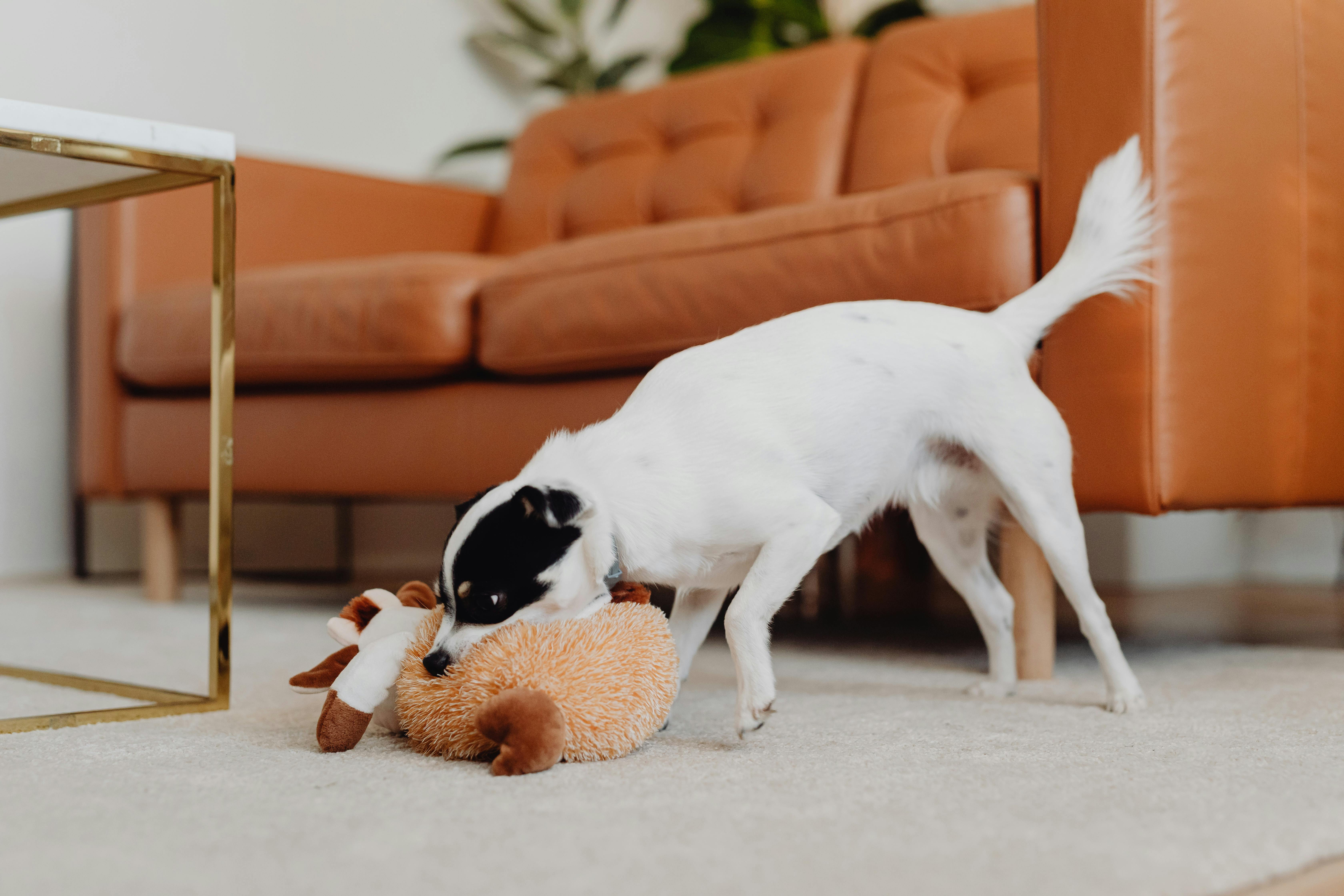Sniffer search dog training
When training a dog to be a true tracking dog to be used in search and rescue, there must be a definite understanding that they are NOT training for an AKC title. Oftentimes, achieving an AKC title has nothing to do with following the human scent nearly as often as following the requirements the handler sets for the dog. Also, the motivation is usually pieces of hot dog that the person who “sets” or “places” the track places on the track.
A person training a dog to track must first learn the theory of scent and fur rafts; that a human being will constantly shed skin cells and that these cells will form a “raft” that will drift in the wind and fall to the ground as the person moves. It is this trail of skin cells that the sniffer dog must be trained to follow. How and where the skin cells land on the surrounding vegetation or surface will determine how and where the sniffer dog will locate the scent. How long the dog can pick up the scent will depend on the quality of training and the dog’s natural abilities, along with the effects of weather on the trail. The other requirement for successful training of a tracking dog is that the handler encourages the dog not to stray off the trail under any circumstances.
A person who trains a dog for a tracking title is not concerned with the life-or-death scenario of a true search “mission,” but rather with achieving a title, which can only be obtained by following a prescribed “track.” that is worn in a specific way for the dog. Training for this title often involves the use of hot dog pieces placed in the path of the human, encouraging the dog to follow exact footprints on the ground.
A person training a dog for certification as a “tracking dog” in search and rescue recognizes that the dog MUST be motivated to follow the trail of fur rafts back to the source. The use of food, if any, should be limited to a reward after successfully following the trail. The major emphasis in tracking dog training should be to set up many different scenarios and use many different “victims,” while recognizing that the handler’s task is to learn to recognize how the dog is reading the trail and to train the dog. to identify the trail correctly through scent discrimination.
The best motivation is undoubtedly the strong desire to find a human and the old standby from the beginning for this type of motivation is the “runaway puppy” which has been the basis for search dog training for many years. The difference between training a wilderness search dog and a scent discrimination tracking dog is simply that the dog’s exposure to the scent of the air is limited as much as possible during its initial training. The task of the human being is to learn to “read” the dog and also to discover how the wind transports and distributes the skin cells and, last but not least, to motivate the dog throughout the training so that it wants to follow the trail to its origin.
